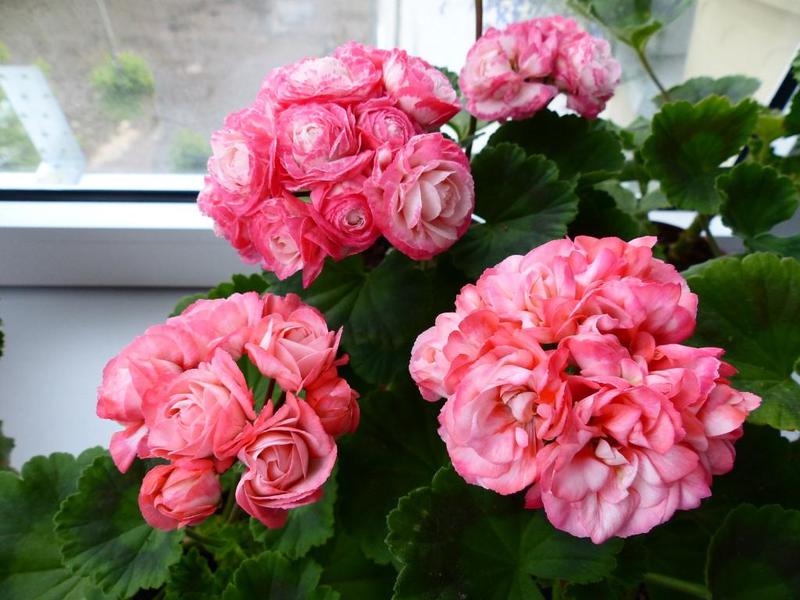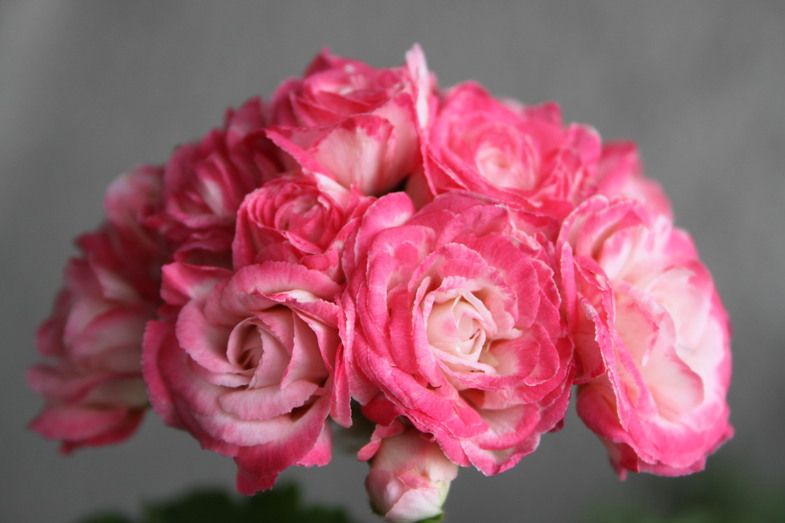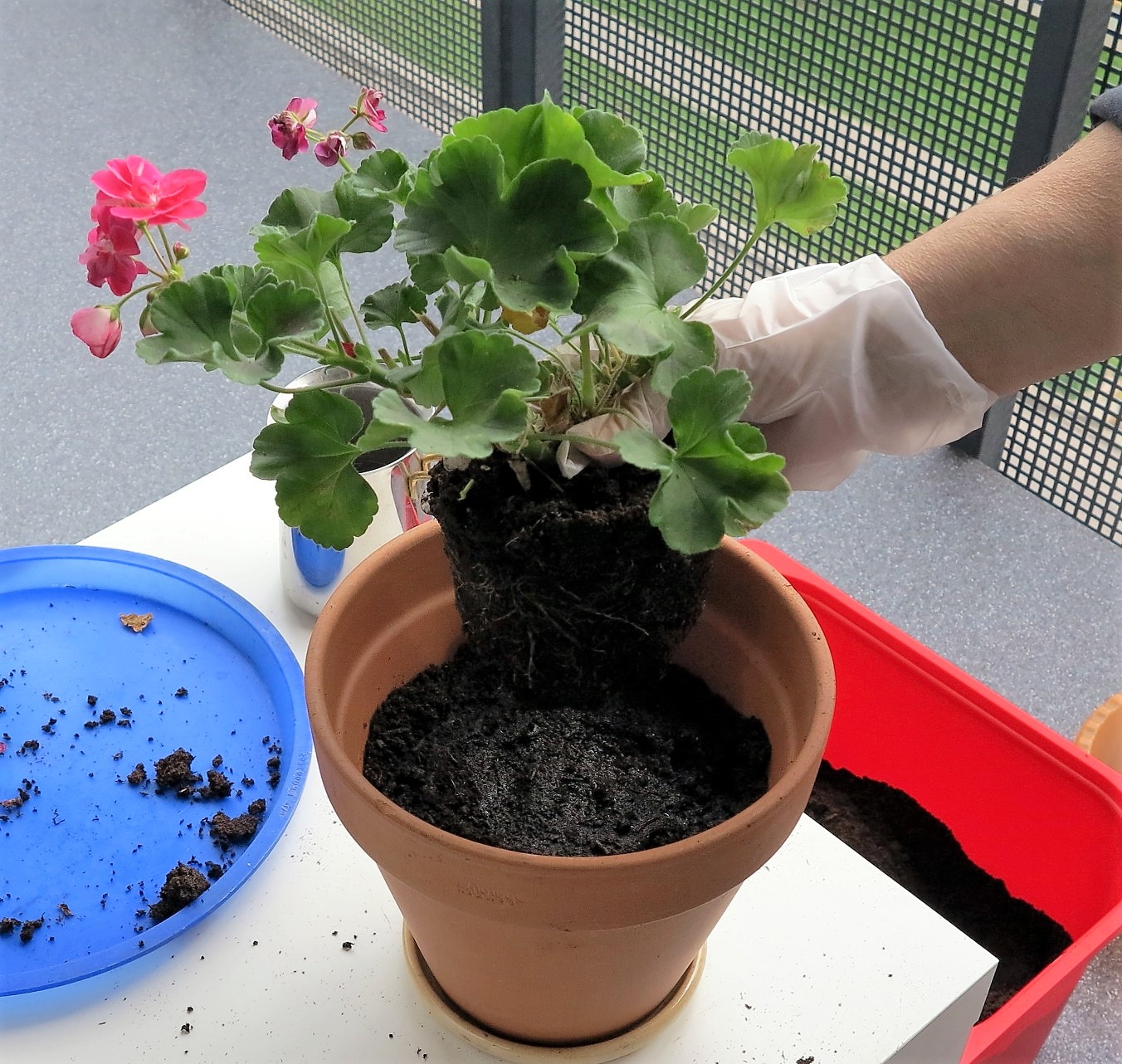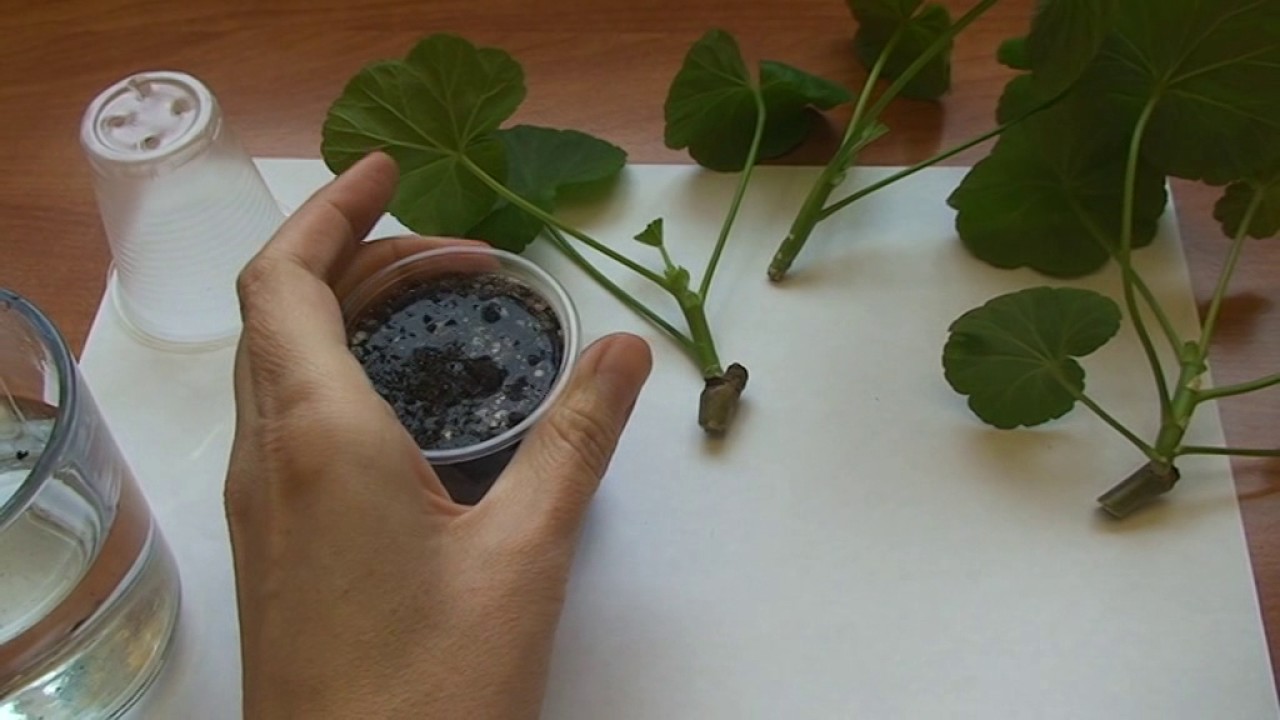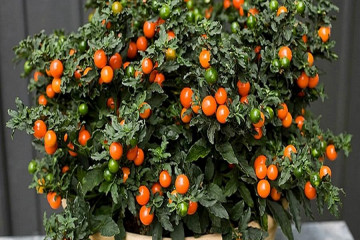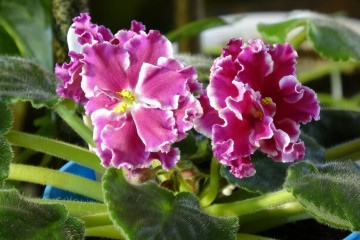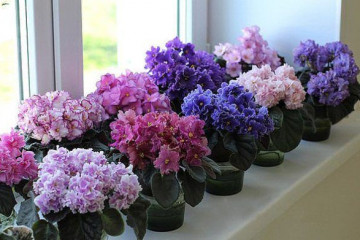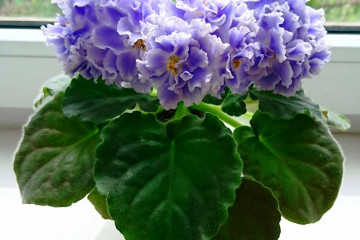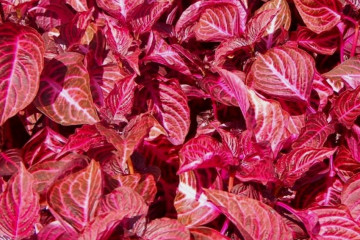Pelargonium Denise is a popular variety
Content:
The beauty of this flower is simply mesmerizing. Looking at him, it seems that Denise Pelargonium is preparing for the wedding ceremony. This impression is created by the bizarre shape of the flowers, similar to the neat bouquet of the bride's roses. Naturally, with such data, this flower occupies a special place in the collection of indoor plants.
Pelargonium Denise - what is this flower
Pelargonium Denise belongs to the genus Pelagonia, the Geranium family (Pelargonium). Africa is considered the birthplace of this plant, more precisely its southern part. It was brought to Europe at the end of the 17th century, when the trade routes were sufficiently explored and beaten. Since the 18th century, the plant has conquered not only port cities, but also triumphantly marches inland.
The description of the flower indicates that the pelargonium, unlike the relative of the geranium, has the same upper and lower petals, moreover, they differ in color and tone, which makes the plant especially exquisite.
Short description, history of origin
The botanical description of Denise Pelargonium refers to perennial shrubs. Flower stems are straight or branched. Inflorescences in the form of umbrellas, located on the stems. The main natural color of the inflorescences is pink, interspersed with other shades.
After the end of the flowering period, fruit-boxes are formed, the disclosure of which is carried out from the bottom up.
The plant, which is considered to be home to dry regions of Africa, easily tolerates a long period of drought. But as for the winter cold, Denis is pelargonium, which treats them badly. It is enough to lower the temperature to -2 ... -3 degrees and it dies.
Varieties of indoor plants with names, what they look like
The greatest success in breeding Denise pelargonium was achieved by specialists from Belgium and Sweden, they are the authors of the most popular varieties of the flower - Pelargonium Denise "Sutarve" and Denise from Belgium Rockdale.
- Pelargonium Denise "Sutarve"
Pelargonium "Sutarve" (Denise Sutarve), is the result of the work of Swedish breeders from the nursery Sunetrygg. As a result of painstaking work, they managed to create a small, compact bush.
The difference between this variety is lush flowering. At the same time, the inflorescences are like two drops of water similar to miniature rosebuds. The inflorescences are distinguished by a pale pink tint with an additional palette of snow-white color.
- Denise from Belgium Rockdale
Direct competitor to the Swedish Sutarve. The flower is a compact plant with almost complete coverage of delicate inflorescences.
Denise Rockdale's pelargonium flowers also resemble half-open rosebuds. The piquancy of the composition is given by the stamens in half-open flowers. This type is especially popular with flower growers.
Growing pelargonium Denise at home
As practice shows, pelargonium denize is not particularly demanding for care, and the creation of normal conditions during planting usually provides the lion's share of the success of plant cultivation. But, nevertheless, achieving a stable result in flowering requires adherence to certain rules.
Illumination and temperature conditions
Pelargonium belongs to light-loving plants. For her, the southern and eastern sides of the house are better suited. In the summer, when the plants are placed outdoors, a little shading is recommended in the heat of the summer.
In the autumn-winter period, it is recommended to reduce the amount of light, but even at low temperatures it should be enough. When fading leaves appear in sutarve geranium, it is necessary to increase the amount of light.
Growing pelargonium requires an ambient temperature of 20-25 degrees. This is the most comfortable atmosphere for the growth and flowering of pelargonium. During the rest period, the temperature may drop to 10-15 degrees.
It is worth putting a flower pot outside only when the air temperature at night does not drop below 15-17 degrees.
Watering rules and humidity
The flower is capable of storing water, so you need to be very careful with the amount of water. In summer, it is recommended to water a little at the root. In winter, watering should be minimal, 1-2 times a month is enough. But you do not need to spray the plant.
For home watering, the water must be defended for at least 24 hours, especially if the water gives off with bleach.
Top dressing and soil quality
During the growing season, the plant must be fed with fertilizers. Liquid solutions are best suited, which necessarily include nitrogen, phosphorus and potassium.
As a soil, a mix of sod land, peat, perlite, humus and coarse sand is best suited.
Flower container size
When planting, it is recommended to take a small pot. For the first year, a container with a diameter of 15-17 cm is sufficient. In subsequent years, the plant can be grown in a 20 cm pot. This volume is sufficient for the normal growth of this dwarf species.
Pruning and replanting
When transplanting, pruning is mandatory. Old dried twigs are removed. The transplant is done before the start of the new growing season. After the procedure, the plant is fed with fertilizers.
When pruning, old branches are removed to the height of the first bud. Young shoots are cut to the desired shape. Too long are shortened to a height of 14-15 cm.
Features of flowering plants
Pelargonium Denise boasts a long flowering period with a large number of flowering inflorescences.
- A period of activity and rest
The period of activity is considered to be from the end of April to the end of September.
After this, a period of winter dormancy of the plant begins.
- Types and shape of flowers
In both forms, Swedish and Belgian, the flowers resemble neat bouquets of roses. This is the peculiarity of the Denise variety.
Flower reproduction methods
The plant reproduces well both by cuttings and by seed. True, when propagated by seeds, it is not always possible to obtain the parental forms of the flower.
- Seed propagation
In January-March, the seeds are soaked for 24 hours. After that, they are placed in a greenhouse container, which is kept at a temperature of + 22-25 degrees until shoots appear.
Shoots appear in 2-3 weeks. After another 2 weeks, the plants are planted in pots.
- Propagation by cuttings
Cuttings for propagation are cut from an adult plant in February-March or late July-early August.For planting, cuttings with 4-5 leaves are taken.
Cut cuttings are kept for 2-3 hours in the open air, after which the lower leaves are removed and planted under a jar in a container.
After 2-3 weeks, the jar is removed, and the plant is transferred to the usual watering regime.
Growing problems, diseases and pests
The main problems of the plant usually arise with improper care - excess moisture or lack of lighting. Some troubles can be caused by fungal diseases and pests.
With excessive watering, the rhizome begins to rot in the plant. With a lack of moisture, leaves dry and flowers fall.
Pelargonium can be affected by gray rot and fungus. Sometimes it is attacked by a spider mite.
The only correct method of combating diseases is the treatment with chemicals to protect indoor plants. If pests appear, insecticides can be used.
As you can see, Pelargonium Denise is one of the most convenient flowers for cultivation. And adherence to simple rules of care makes it possible to get excellent results when grown at home.
